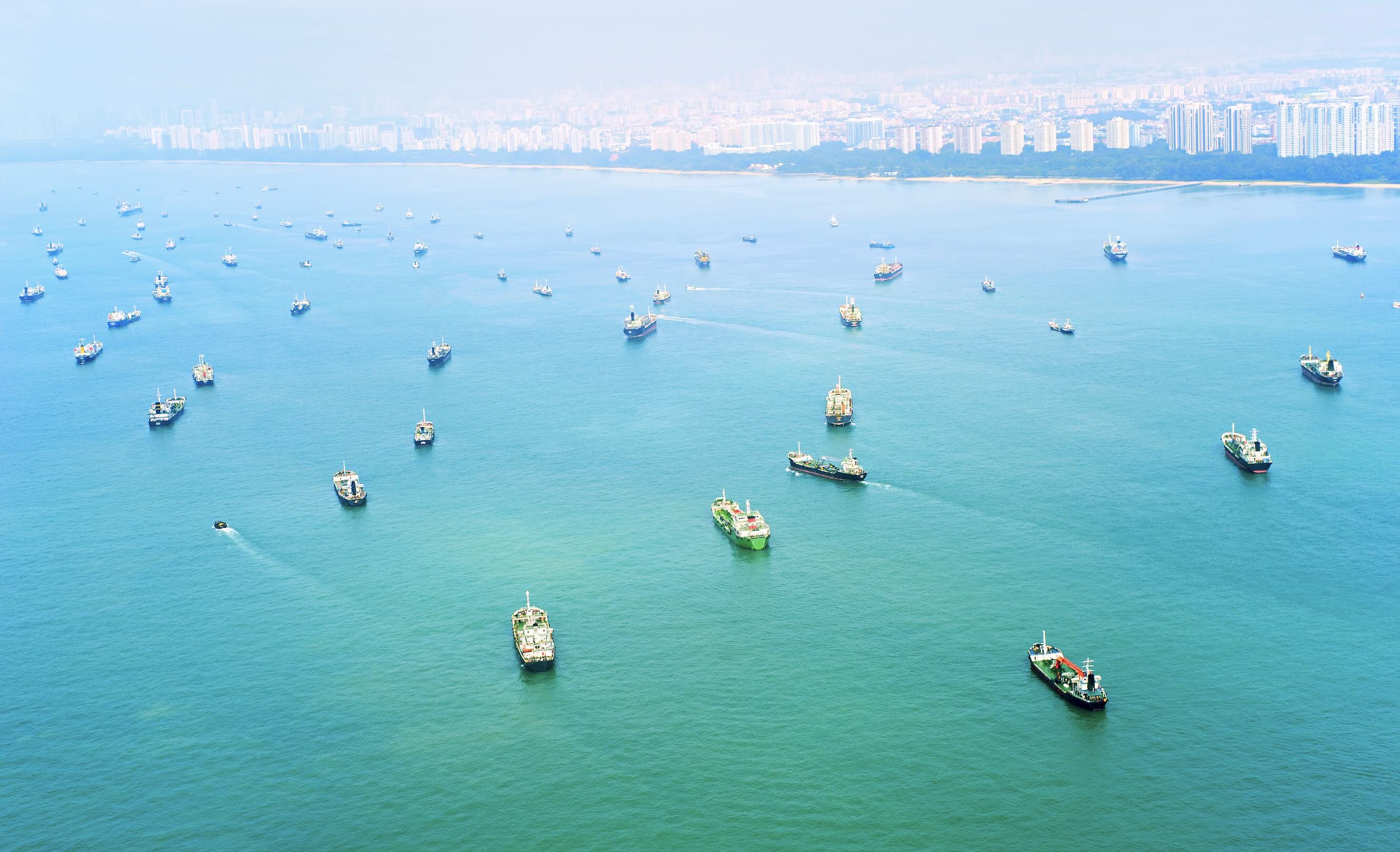Oil prices bottoming as Chinese inventories begin to draw down
The first signs of inventory draws are starting to appear onshore in China, a crucial prerequisite for the market turnaround we have been anticipating for the summer. While our data is still preliminary, the combination of restored Chinese refining capacity and rising Dubai prices will incentivise more draws in the weeks ahead.
Two months ago, we accurately predicted the peak in oil prices. Now, we seem to be facing the opposite scenario. Market sentiment has turned increasingly bearish, just as the physical market is starting to show signs of regaining strength. A major indicator of this shift is the state of oil inventories in China. According to our data, storage at Chinese floating roof tanks decreased by 20 Mbbls in late May, following a build of 40 Mbbls between April and mid-May. This drawdown has primarily occurred at commercial storage facilities rather than refineries, which are just completing their heavy maintenance period. Floating storage in Eastern Asia and in Singapore/Malaysia has also decreased from 16.5 Mbbls in mid-May to 10.5 Mbbls.
However, weak refining margins across all continents and a not-so-encouraging outlook for products cracks even during the summer suggest that oil prices are unlikely to rebound significantly. While Brent crude prices could rise from the current $80/bbl to the mid-$80s, a further increase would likely require another supply-side shock.
Despite the weak refining margins – particularly in the gasoline sector, where cracks have fallen to seven-month lows in Singapore despite Chinese gasoline inventories being 19% below their seasonal average – crude intake is expected to rise in the summer. This increase could exceed expectations if the declining trend in global inventories continues. Specifically, we anticipate Asian refinery runs to jump by 1.67 Mbd between now and May, with half of this increase concentrated in China.
Chinese onshore oil inventories, Mbbls

Source: Kpler
On the one hand, the recent crude price drop could trigger increased buying activity in the spot market for cargoes scheduled for August and September delivery. Chinese players, who typically do not hedge their positions, tend to boost purchases opportunistically when prices fall. Additionally, the fiscal stimulus packages recently approved by Beijing are expected to boost industrial activity, manufacturing, and exports, thereby increasing demand for refined products, especially gasoil.
On the other hand, the Asian market structure also points to further inventory draws. Although Dubai’s backwardation has moderated – with the three-month curve falling from an average of $2.08/bbl in April to $1.61/bbl and recently dropping below $1/bbl – the structure remains robust relative to West of Suez benchmarks, where both NSD and WTI are now in contango. Moreover, anticipated reductions in Russian and Saudi oil exports in the summer will likely strengthen Dubai prices, making procurement more costly for buyers. Consequently, the backwardated structure of Asia’s medium sour benchmark ahead of the high-demand summer months should encourage increased usage of stored oil.
As a result, China’s crude imports could decrease further in June despite the resumption of refining capacity after maintenance. Seaborne oil imports fell by 370 kbd to 10.25 Mbd last month. Crude priced in the West of Suez markets, such as Tupi, Johan Sverdrup, or West African crude, has become more affordable given the narrowing Brent-Dubai EFS to near parity, but higher freight costs will continue to impact these options. The combination of increased refining activity and reduced procurement creates the perfect conditions for inventory draws. A confirmed drawdown would provide a bullish signal to the market, especially considering that the outcome and strategy of the recent OPEC+ meeting seem to have been initially misunderstood, as reflected in the recent price action.
China seaborne oil imports by origin country, kbd

Source: Kpler





